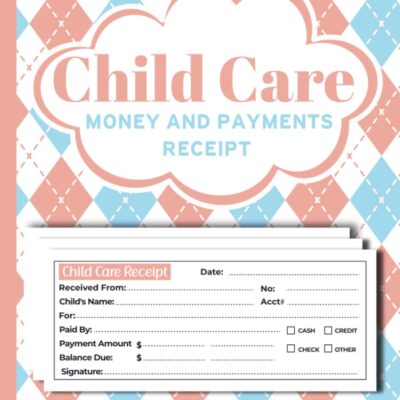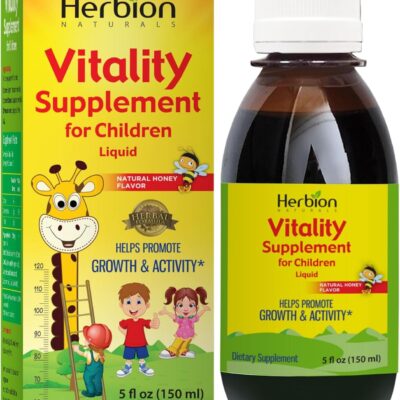When it comes to weight loss, there’s no one-size-fits-all solution. What works for one person might not only fail for another but could lead to frustration. As different as our fingerprints, our dietary needs and preferences are influenced by a multitude of factors – from genetics and metabolism to emotional connections with food. Today, let’s embark on a journey to design a personalized weight loss diet that fits you like your favorite pair of jeans.
Understanding Your Unique Body
Before diving into the nitty-gritty of diet design, it’s crucial to get to know your body. Consider factors such as:
-
Metabolism: Your metabolic rate is how quickly your body converts food into energy. This can vary greatly from person to person, affecting the number of calories you burn in a day.
-
Activity Level: Are you a gym enthusiast or more of a couch potato? Your lifestyle plays a significant role in your caloric needs and how you approach dieting.
-
Health Conditions: Existing health issues can influence your dietary choices. For instance, if you have diabetes, your focus might need to be on managing blood sugar levels rather than strictly reducing calories.
-
Food Preferences and Aversions: Do you love pasta but hate vegetables? Or perhaps you’re a vegetarian? Understanding your likes and dislikes is key to creating a sustainable diet plan.
- Emotional Factors: Food is often intertwined with our emotions. Recognizing your triggers and patterns is essential to avoid emotional eating and make more conscious choices.
Setting Realistic Goals
Once you’ve taken the time to understand your body, the next step is to set clear, realistic goals. Instead of aiming to lose an unrealistic amount of weight in a short period, focus on gradual changes. Research shows that losing 1-2 pounds a week is generally safe and sustainable.
Moreover, consider what your goals encompass beyond the numbers on the scale. Do you want to feel more energetic? Fit into a favorite outfit? Improve your overall health? Establishing both short-term and long-term goals will help keep you motivated and focused.
Embracing Balanced Nutrition
Now that you have a clearer picture of your body and goals, it’s time to embrace balanced nutrition. Here are a few components to consider while designing your weight loss diet:
-
Macronutrients: Your diet should consist of carbohydrates, proteins, and fats. Each plays a significant role in maintaining bodily functions. A helpful breakdown might be 45-65% of your daily calories from carbs, 10-35% from protein, and 20-35% from fats. This isn’t a rigid rule, so feel free to adjust numbers based on your lifestyle.
-
Whole Foods vs. Processed Foods: Focus on whole, minimally processed foods. They’re often more nutrient-dense and contain fewer added sugars, bad fats, and preservatives.
-
Portion Control: Be mindful of portion sizes. Even healthy foods can contribute to weight gain if consumed in excess. Using smaller plates, measuring portions, or understanding serving sizes can help you stay on track.
-
Meal Timing: Some people find success with intermittent fasting, while others prefer to eat smaller meals throughout the day to prevent hunger. Discover what works for you and listen to your body’s hunger signals.
- Hydration: Don’t underestimate the power of water. Staying well-hydrated can prevent confusion between hunger and thirst, aid in digestion, and even boost metabolism.
Incorporating Physical Activity
While diet is crucial to weight loss, incorporating physical activity can significantly enhance your results. Find activities you enjoy – whether it’s hiking, dancing, swimming, or hitting the gym. Here are a few key points to keep in mind:
-
Consistency is Key: Aim for at least 150 minutes of moderate aerobic activity or 75 minutes of vigorous activity each week, along with muscle-strengthening exercises on two or more days.
-
Mix It Up: Variety not only keeps you engaged but also ensures that you’re working different muscle groups, enhancing overall fitness.
- Listen to Your Body: Some days you’ll feel high-energy and ready to conquer a workout, while others might call for a gentler approach. Be flexible with your activity choices and learn to listen to your body’s cues.
Tracking Progress and Staying Motivated
Tracking your progress can be an indispensable part of your weight loss journey. Consider using apps, journaling, or even a simple calendar to keep track of your meals, workouts, and how you’re feeling overall. This can help hold you accountable and provide insights into what’s working and what needs adjustment.
It’s also important to celebrate your successes, no matter how small. Did you make healthier choices this week? Did you complete a workout you’ve been dreading? Acknowledging your achievements helps maintain motivation and boosts confidence.
Adapting Your Plan
Finally, remember that flexibility is crucial. Life is unpredictable, and weight loss is a journey, not a sprint. If you hit a plateau, don’t be afraid to reassess your plan. Perhaps you need to change your workout routine or adjust your caloric intake.
Consulting a registered dietitian can also be a game-changer. They can provide tailored advice and help you navigate challenges that may arise during your weight loss journey.
Conclusion
Designing a personalized weight loss diet is all about understanding your body, setting realistic goals, embracing balanced nutrition, incorporating physical activity, and maintaining flexibility. Celebrate each step you take towards your goal, and remember that the journey is uniquely yours. With patience, persistence, and a little self-compassion, you can unlock not just weight loss success but a healthier lifestyle that fits seamlessly into your life.






